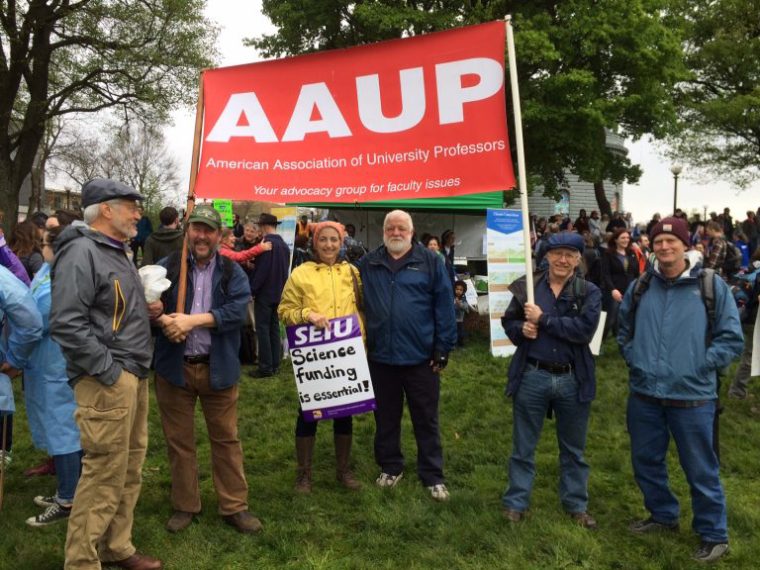Although vestiges of the modern tenure system can be found in higher education as far back as the twelfth and thirteenth centuries, tenure as we know it today is largely a by-product of the twentieth century. Aspects of today’s tenure system—such as faculty rank, longer lifetime appointments, and evaluation for performance—appeared in fits and starts during the 1800s. After the Civil War, colleges and universities began adopting the German higher education model, which emphasized science and research to an extent atypical even among the best American colleges of the day. With the growth of this research university model, American professors began to expect the same perks that their German colleagues enjoyed, including indefinite appointments except in cases of gross dereliction of duty (Hofstadter & Metzger, 1955). In today’s post, I want to share a little about the history of tenure to provide some context for understanding tenure in today’s university.

In many ways, the tenure system can be directly tied back to the founding of the American Association of University Professors (AAUP) in 1915.
Founders, including noted education philosopher John Dewey, sought protections for faculty after a series of highly publicized cases in which prominent faculty members were dismissed because of unpopular views.
Considered alongside a rise in disciplinary associations, the times demanded a strong voice supporting the role of faculty in higher education. The AAUP was formed as an organization that would advocate across all disciplines and higher education institutions.
With its founding, the AAUP promoted the value of academic freedom and, ultimately, the necessity of the “security of tenure” to protect this important ideal.
The AAUP put forth the first forceful case for the necessity of tenure in supporting the teaching and research missions of higher education. Yet, the concept of tenure was still relatively in flux until a more definitive statement on tenure was put forward in 1940.
At this time, the Statement of Principles on Academic Freedom and Tenure was jointly created by the AAUP and the Association of American Colleges and Universities and remains the most significant document related to tenure in the history of the United States.
The Statement of Principles on Academic Freedom and Tenure provided a clear and stable concept of tenure, which remains the guiding framework across higher education today.
A key element of the AAUP’s original 1915 statement was the inclusion of judicial proceedings and due process as part of tenure. In addition, the AAUP established the guiding principle of a probationary period recognizable as the pre-tenure years.
The idea was that assistant professors would need to successfully complete a probationary period before receiving tenure (Pollitt & Kurland, 1998).
The AAUP’s 1940 Statement identifies the purposes of tenure as follows:
(1) freedom of teaching and research and of extramural activities, and (2) a sufficient degree of economic security to make the profession attractive to men and women of ability. Freedom and economic security, hence, tenure, are indispensable to the success of an institution in fulfilling its obligations to its1 students and to society.
In addition, the AAUP stated that faculty dismissal should be determined by a faculty trial, with written charges, and only for adequate cause. The clear purpose of these policies would be to protect professors by offering rights of due process and access to a jury of their colleagues.
From the very beginning, there was a legal element of the tenure process that remains an important aspect today.
One of the reasons tenure processes and policies bear remarkable similarities across institutions is that, while higher education institutions have existed for centuries, tenure was created over the past 100 years, making it a relatively new concept.
The importance of faculty evaluation along with administrative review is born out of the initial rationale for creating tenure. The basic steps that assistant professors will follow while going up for tenure are largely the same ones outlined by the AAUP back in 1940.
Tenure policies and procedures were designed from the beginning to promote the mission of higher education and not to provide leverage to either the faculty member or the institution.
Furthermore, the AAUP’s goal, which by most standards was quite successful, was to promote common procedures for tenure. As a result, pre-tenure faculty and institutions have a relatively well-established process and procedure for evaluating faculty at the conclusion of the probationary period.

